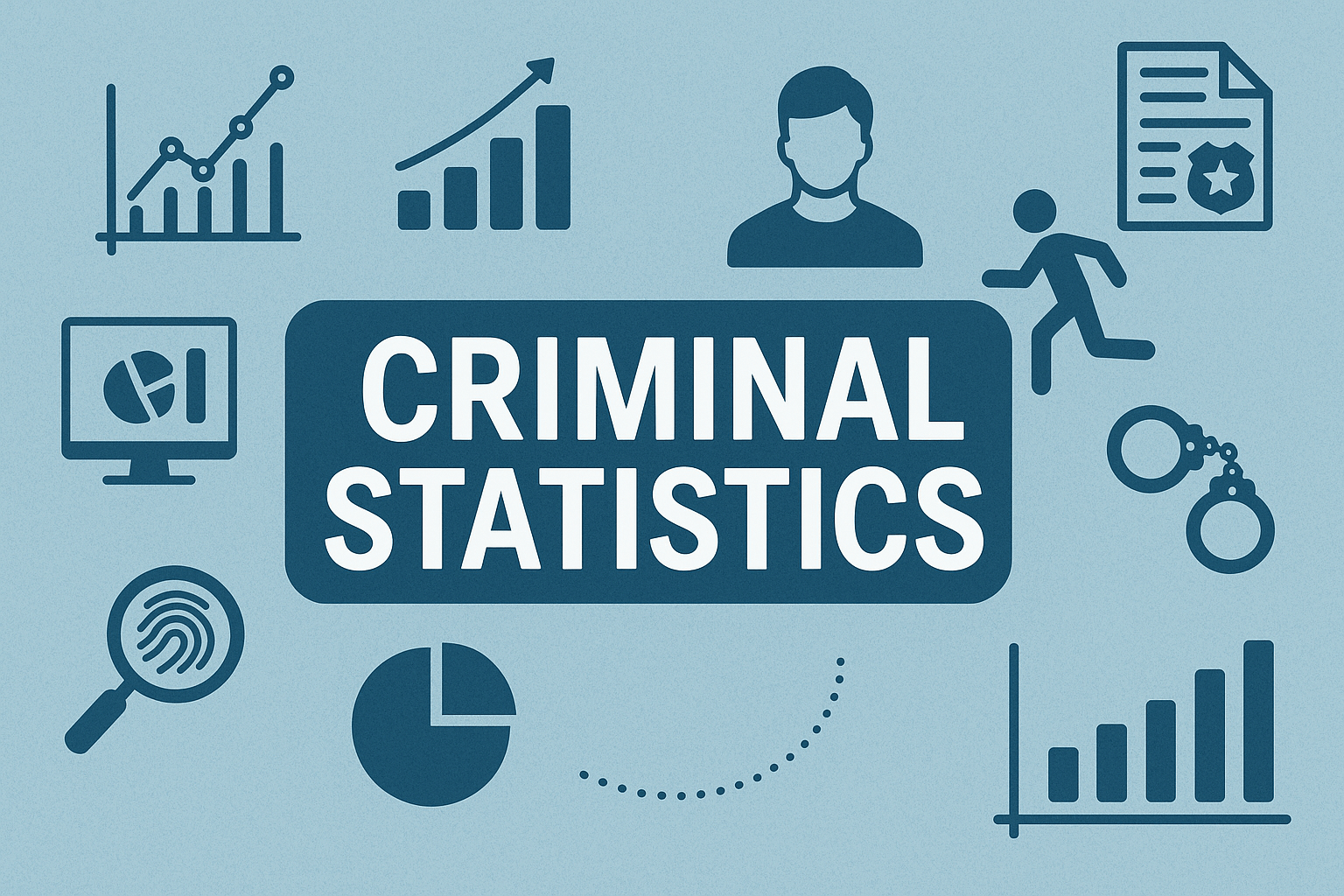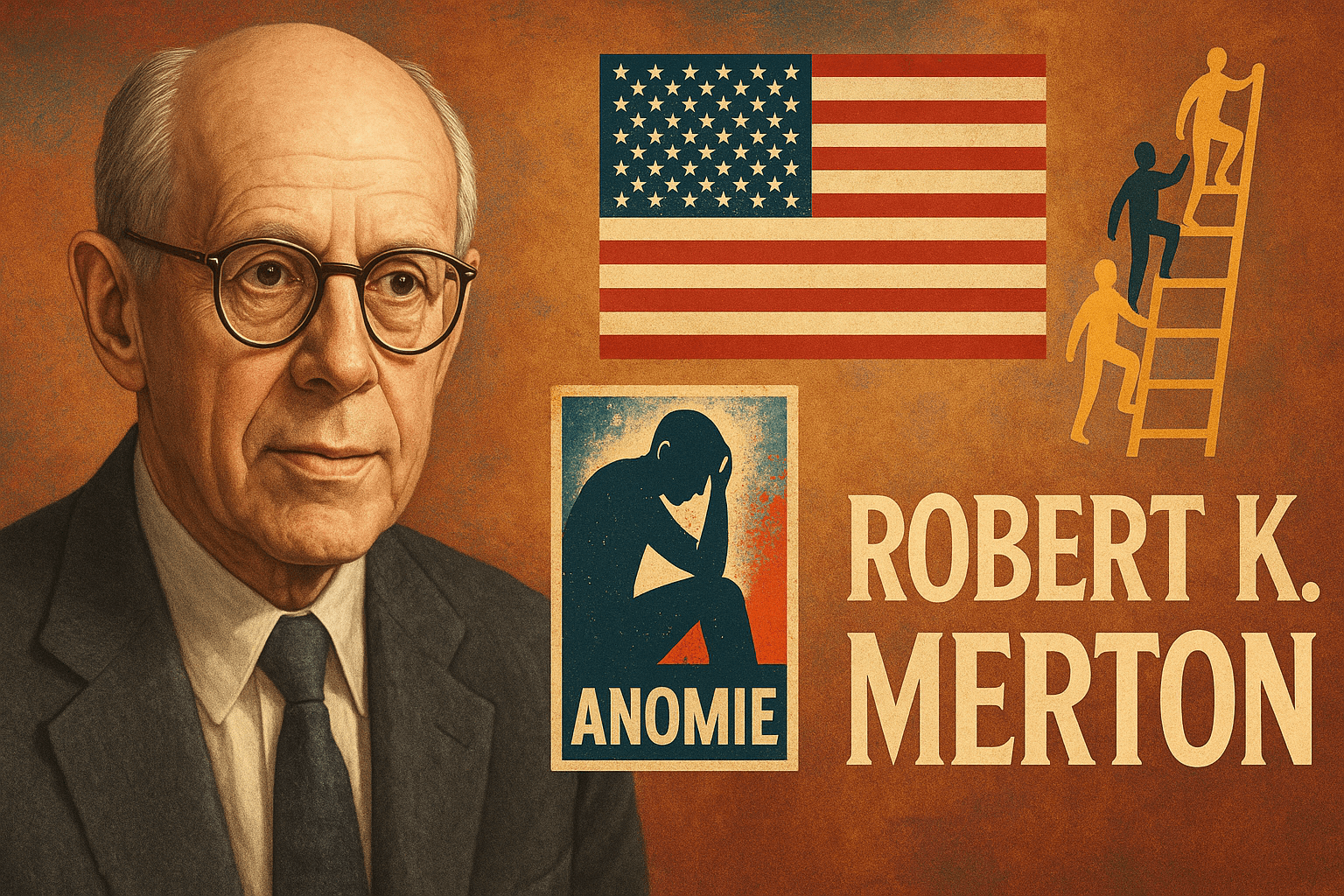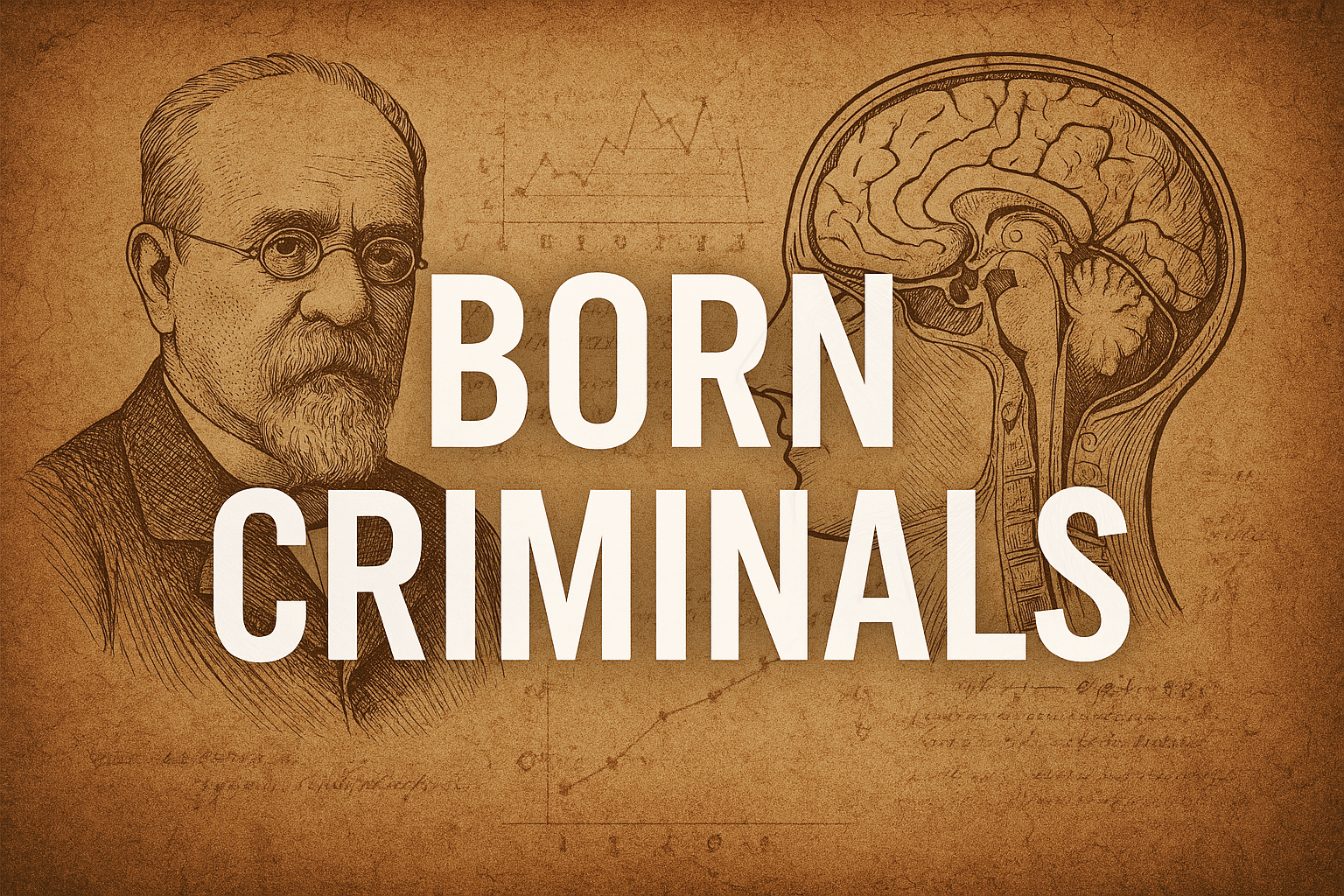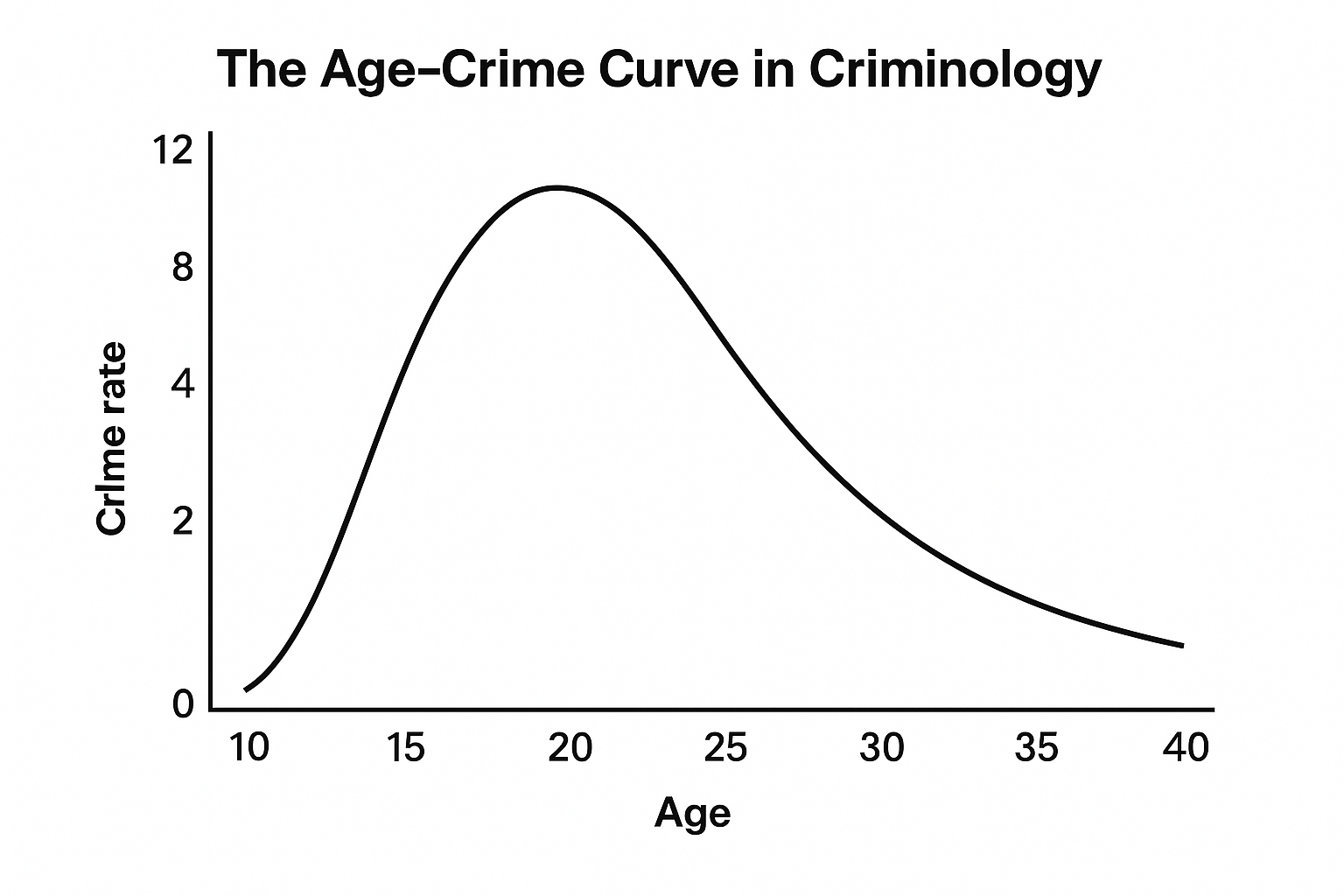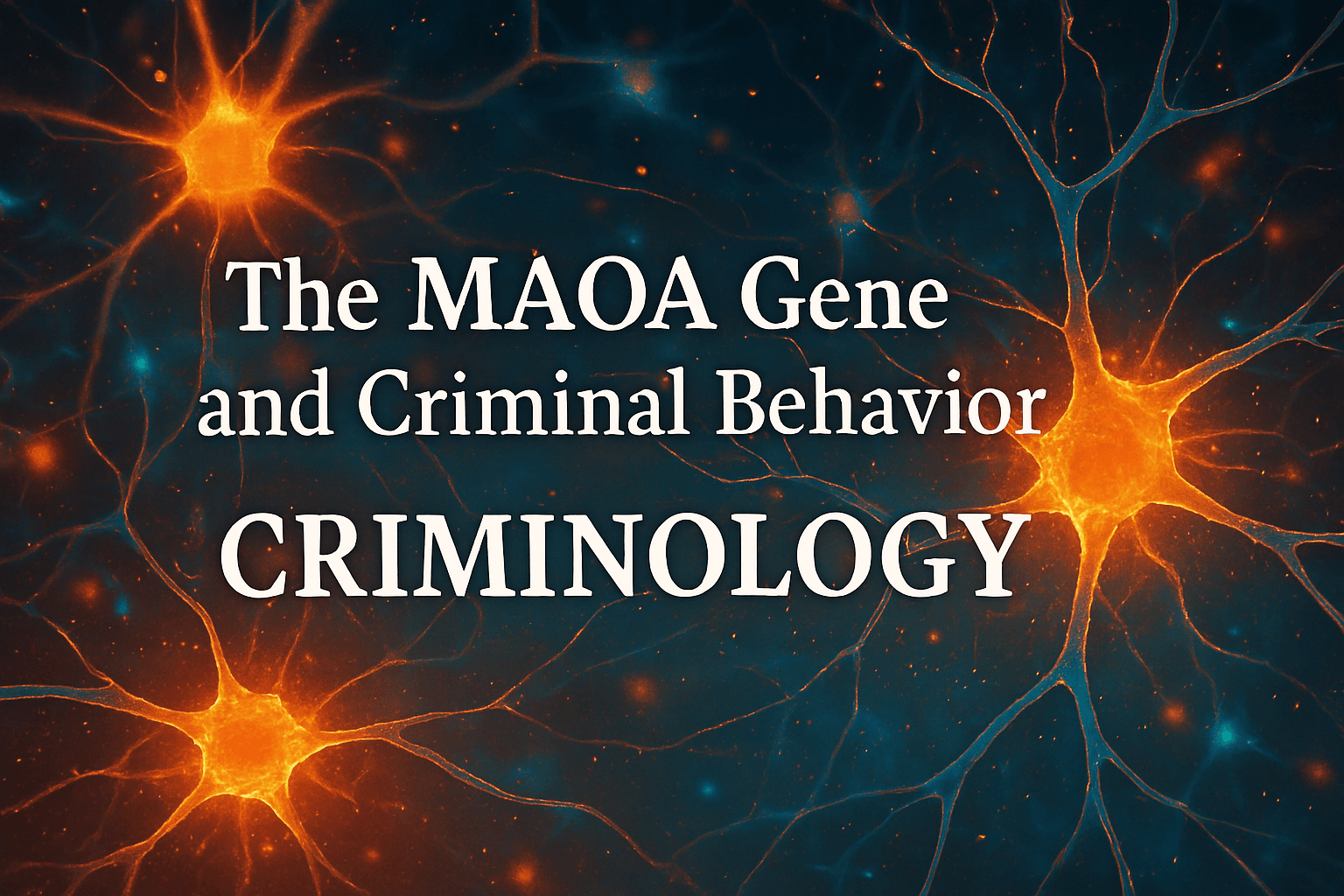Crime Statistics | What Crime Is Being Measured?
Introduction Crime statistics are essential tools for governments, law enforcement agencies, policymakers, and researchers seeking to understand and respond to criminal behavior. These statistics guide decisions on resource allocation, crime prevention strategies, and criminal justice policies. However, the nature of crime and how it is measured can lead to misleading interpretations if not understood in … Read more



